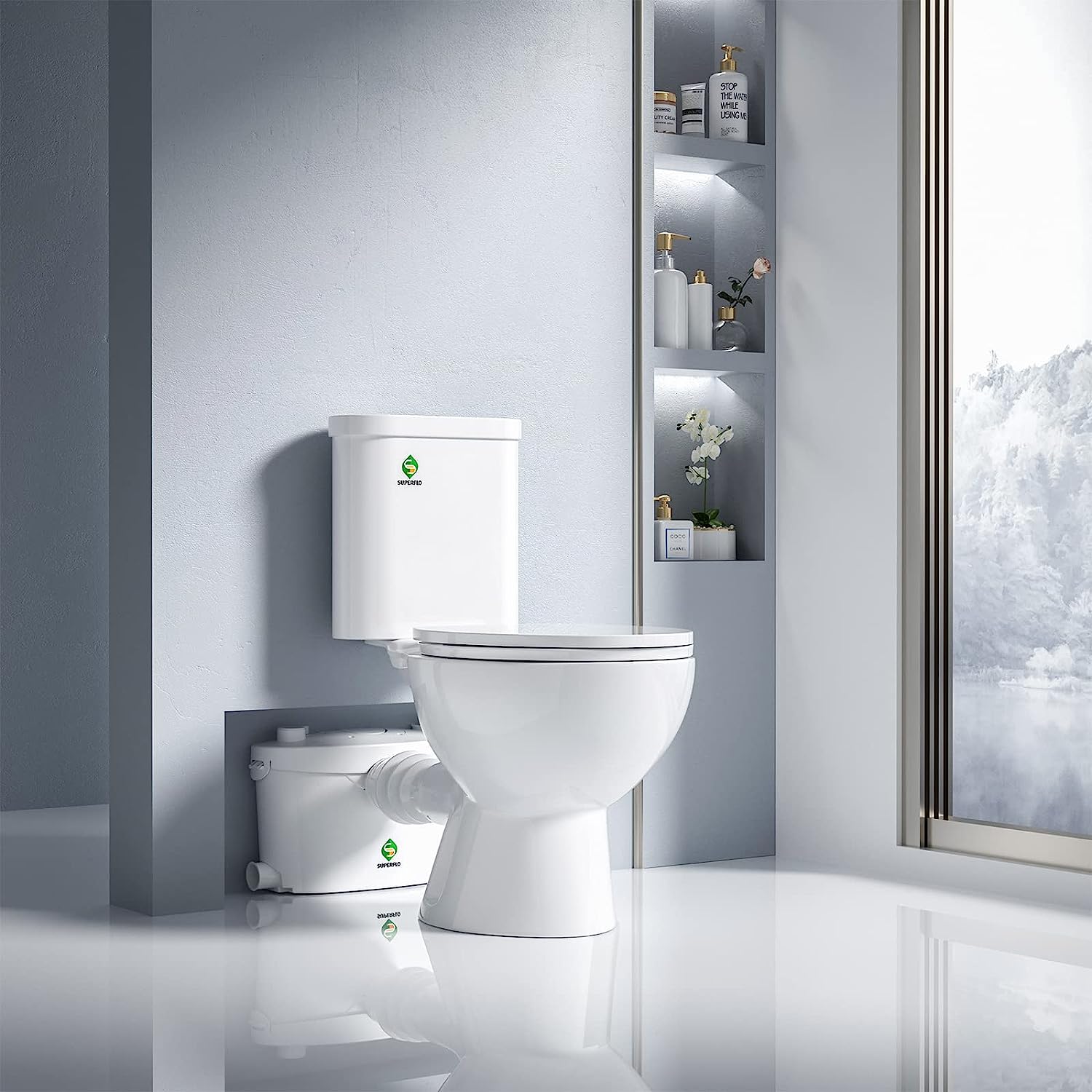

Articles
What Is A Macerating Toilet
Modified: March 23, 2024
Discover the benefits of macerating toilets with our informative articles. Learn how this innovative technology can transform your bathroom space.
(Many of the links in this article redirect to a specific reviewed product. Your purchase of these products through affiliate links helps to generate commission for Storables.com, at no extra cost. Learn more)
Introduction
A macerating toilet, also known as a upflush toilet or grinder toilet, is a type of toilet that utilizes a special macerator pump to break down waste and pump it upward to a sewage line or septic tank. Unlike traditional toilets that rely on gravity to dispose of waste, macerating toilets offer a versatile solution for various plumbing scenarios, allowing waste to be pumped vertically or horizontally as needed.
In this article, we will explore the definition of a macerating toilet, how it works, its advantages and disadvantages, considerations before installation, common applications, and maintenance tips. Whether you are considering installing a macerating toilet in your home or simply want to learn more about this innovative plumbing solution, this article will provide you with valuable insights.
Key Takeaways:
- Macerating toilets offer a versatile and cost-effective solution for adding bathrooms in unconventional spaces such as basements, attics, and historical buildings, providing homeowners with the flexibility to expand their living areas without extensive plumbing renovations.
- Proper maintenance, including regular cleaning, inspection, and monitoring of water usage, is essential for ensuring the optimal performance and longevity of macerating toilets, allowing homeowners to prevent potential issues and maintain reliable and efficient operation.
Read also: 8 Amazing Macerating Toilet for 2024
Definition of a Macerating Toilet
A macerating toilet is a specialized type of toilet that is designed to efficiently handle waste in situations where traditional plumbing systems are not feasible. It is equipped with a macerator pump, which is a compact device that grinds solid waste into smaller particles, allowing it to be easily transported through small diameter pipes. The macerator pump is typically located behind or inside the toilet unit and is powered by electricity.
Unlike gravity-fed toilets that rely on a large, continuous flow of water to flush waste through the pipes, macerating toilets utilize sharp blades or impellers within the macerator pump to break down solid waste into a finely ground slurry. This slurry is then flushed out of the toilet bowl and into the macerator pump, where it is further pulverized and mixed with water.
The macerated waste is then pumped upwards or horizontally through a small-diameter pipe, allowing for greater flexibility in the placement and installation of the toilet. This means that macerating toilets can be installed in basements, attics, or other areas where traditional plumbing might not be possible due to lack of access to a sewage line or septic tank.
Overall, a macerating toilet offers a convenient and efficient solution for situations where conventional plumbing is challenging or expensive to install. It provides the flexibility to add a toilet to areas of your home that were previously inaccessible, making it a popular choice for homeowners looking to expand their living space or improve the functionality of their existing plumbing system.
How Does a Macerating Toilet Work?
Macerating toilets work through a combination of mechanical maceration and pumping action. When the toilet is flushed, water and waste enter the toilet bowl as in a traditional toilet. However, instead of relying solely on gravity to carry the waste away, a macerating toilet uses a macerator pump to break down the waste into finer particles before pumping it into the drainage system.
Here’s a step-by-step explanation of how a macerating toilet works:
- The waste and water enter the toilet bowl through the flush mechanism.
- Upon flushing, the macerator pump is activated, either automatically or manually.
- Inside the macerator pump, sharp blades or impellers spin at high speeds, mechanically breaking down the solid waste into smaller particles.
- The macerator pump mixes the macerated waste with water, creating a slurry-like mixture.
- The mixture is then pumped through a small-diameter pipe connected to the macerator pump.
- The macerated waste travels vertically or horizontally through the pipe, propelled by the force generated by the pump.
- The waste reaches the main sewage line or septic tank and is ultimately disposed of in the same manner as waste from traditional toilets.
It’s important to note that macerating toilets rely on electrical power to operate the macerator pump. Thus, they need to be connected to a power source for proper functionality. In case of a power outage, some models may have a backup battery system to ensure uninterrupted operation.
Overall, the clever combination of mechanical maceration and pumping action allows macerating toilets to effectively process waste and transport it through smaller pipes, providing a practical solution for plumbing scenarios where traditional toilets cannot be installed.
Advantages of Using a Macerating Toilet
Macerating toilets offer several advantages that make them a popular choice in various plumbing scenarios. Here are some key benefits of using a macerating toilet:
- Versatility: One of the main advantages of a macerating toilet is its versatility. Unlike traditional toilets that require direct access to a sewage line or septic tank, macerating toilets can be installed in basements, attics, garages, or other areas of the house where plumbing is challenging or not readily available. This flexibility allows homeowners to add a toilet to spaces that would otherwise be difficult or costly to equip with conventional plumbing.
- Easy Installation: Macerating toilets are relatively easy to install compared to traditional toilets. They do not require extensive construction or excavation work since the macerator pump can be conveniently placed behind or within the toilet unit. Additionally, the small-diameter pipes used by macerating toilets are easier to install in existing structures, reducing the need for major modifications to the plumbing system.
- Cost Savings: Installing a macerating toilet can often be more cost-effective than undergoing extensive plumbing renovations. Rather than incurring the expenses associated with running new plumbing lines, macerating toilets utilize smaller pipes, reducing the need for major construction and materials. This makes them an attractive option for homeowners on a budget or for retrofitting older buildings.
- Flexible Pipe Routing: Macerating toilets allow for flexible pipe routing. The small-diameter pipes used in macerating systems can be routed vertically, horizontally, or even around obstacles. This makes it easier to adapt to the layout of your home and find the most convenient and efficient path for waste disposal.
- Reduced Risk of Clogs: The macerator pump in a macerating toilet breaks down solid waste into finer particles before flushing them away. This reduces the risk of clogs and blockages in the pipes, resulting in a more reliable and efficient plumbing system.
- No Ventilation Required: Traditional toilets typically require ventilation pipes to regulate air pressure and prevent odors. However, macerating toilets often eliminate the need for separate ventilation pipes, as the macerator pump helps maintain proper air pressure within the system. This can simplify the installation process and reduce potential odor issues.
Overall, the advantages of using a macerating toilet make it an attractive option for homeowners looking for a versatile and cost-effective alternative to traditional plumbing systems. Whether it’s adding a bathroom to a basement or converting a space into a home office, a macerating toilet provides a practical solution for various plumbing challenges.
Disadvantages of Using a Macerating Toilet
While macerating toilets offer numerous benefits, they also come with some disadvantages that should be considered before deciding to install one. Here are some potential drawbacks of using a macerating toilet:
- Reliance on Electricity: Macerating toilets require electricity to power the macerator pump. In the event of a power outage or electrical malfunction, the toilet may not be operational. It is important to have a backup power source or alternative facilities available to ensure uninterrupted use during such situations.
- Noisy Operation: The macerator pump in a macerating toilet can generate noise during operation. While manufacturers have made efforts to reduce noise levels, some people may find the noise disruptive, especially if the toilet is installed in a location close to living spaces or bedrooms. Proper insulation and strategic placement can help mitigate the noise issue.
- Maintenance Requirements: Macerating toilets may require more maintenance compared to traditional toilets. The macerator pump and blades need regular cleaning to prevent buildup and ensure smooth operation. Additionally, using harsh chemicals or flushing items that can damage the macerator pump, such as wipes or feminine hygiene products, should be avoided to prevent clogging or damage to the system.
- Potential for Malfunctions: As with any mechanical system, there is always a potential for malfunctions or breakdowns with macerating toilets. If the macerator pump fails, the toilet may be rendered inoperable until the pump is repaired or replaced. Having a backup plan or alternative toilet facilities can be beneficial in such scenarios.
- Limited Water Conservation: Macerating toilets typically require a higher volume of water compared to low-flow or dual-flush toilets. The additional water is needed to help flush and transport the macerated waste through the pipes effectively. This may not align with efforts to conserve water or reduce water usage in your household.
- Higher Initial Cost: Macerating toilets generally have a higher upfront cost compared to traditional toilets. This is due to the additional components required, such as the macerator pump and specialized pipes. However, the potential cost savings on plumbing modifications or the ability to add a toilet in unconventional locations may offset the initial investment.
It is important to weigh these disadvantages against the benefits and your specific plumbing needs before deciding if a macerating toilet is the right choice for you. Considering factors such as location, budget, and personal preferences will help you make an informed decision.
When installing a macerating toilet, make sure to have easy access to the macerator pump for maintenance and repairs. This will save you time and hassle in the long run.
Read more: What Is An Elongated Toilet
Considerations before Installing a Macerating Toilet
Before installing a macerating toilet, there are several important considerations to keep in mind. These factors will help ensure that a macerating toilet is the right choice for your specific plumbing needs and that the installation process goes smoothly. Here are some key considerations to keep in mind:
- Location: Determine the location where you intend to install the macerating toilet. Macerating toilets are commonly used in basements, attics, garages, and other areas where traditional plumbing may not be feasible. Ensure that the chosen location has access to a power source and sufficient space for the toilet unit and macerator pump.
- Plumbing Connections: Consider the plumbing connections required to install the macerating toilet. Identify the nearest sewage line or septic tank and determine if it is feasible to connect the macerating toilet to it. Assess the layout of your plumbing system and determine if the small-diameter pipes used by macerating toilets can be routed accordingly.
- Electrical Requirements: Macerating toilets rely on electricity to operate the macerator pump. Ensure that there is an accessible power source near the installation location. Consult an electrician if necessary to ensure proper wiring and electrical safety.
- Water Supply: Consider the water supply requirements of the macerating toilet. Ensure that there is an adequate water supply and enough water pressure to ensure proper flushing and waste transport. If water conservation is a priority, you may want to explore low-flow or dual-flush macerating toilet options.
- Permits and Building Codes: Check local building codes and regulations before installing a macerating toilet. Some jurisdictions may have specific requirements or permits needed for macerating toilet installations. Ensure that your installation complies with all relevant regulations to avoid any legal or safety issues.
- Maintenance and Repairs: Consider the maintenance requirements and potential repair needs of a macerating toilet. Understand the recommended maintenance schedule, including cleaning the macerator pump and blades. Familiarize yourself with troubleshooting steps and have contact information for a qualified plumber who can assist with repairs if needed.
- Budget: Assess your budget and consider the overall cost of installing a macerating toilet. While macerating toilets may have a higher upfront cost compared to traditional toilets, they offer cost savings in certain plumbing scenarios. Take into account all expenses, including the toilet unit, macerator pump, pipes, electrical work, and any additional plumbing modifications.
By carefully considering these factors, you can determine if a macerating toilet is the right choice for your specific plumbing needs. It is recommended to consult with a plumbing professional to assess your unique situation and ensure that all necessary considerations are addressed before proceeding with the installation.
Common Applications of Macerating Toilets
Macerating toilets have a wide range of applications and can be utilized in various settings where traditional plumbing systems may not be feasible or practical. Here are some common applications of macerating toilets:
- Basements: Macerating toilets are frequently used in basements where the main sewage line is located above the basement level. Installing a macerating toilet allows homeowners to add a bathroom or powder room in the basement without the need for extensive excavation or complicated plumbing renovations.
- Attics: Similar to basements, attics often lack direct access to a sewage line. Macerating toilets provide a solution for converting attics into living spaces by allowing the addition of a bathroom without the need for major plumbing modifications.
- Garages: Adding a bathroom or utility room to a garage can greatly enhance its functionality. Macerating toilets offer flexibility in garage renovations by eliminating the need for extensive plumbing work or costly connections to the main sewage line.
- Guest Houses or Granny Flats: Macerating toilets are commonly used in standalone guest houses or granny flats where connecting to the main plumbing system can be challenging. These compact and efficient toilets offer a practical solution for providing comfortable bathroom facilities in separate dwellings.
- Boats and RVs: Macerating toilets are often used in boats and recreational vehicles (RVs) where there is limited space and no direct access to traditional plumbing systems. These toilets allow for effective waste disposal while reducing the need for complex plumbing installations on board.
- Historical Buildings: Preserving the original architecture and structures of historical buildings can be difficult when adding modern conveniences like bathrooms. Macerating toilets enable the addition of bathrooms in historical buildings without compromising their original plumbing systems or altering the building’s structural integrity.
- Retrofitting Existing Spaces: Macerating toilets are an ideal choice for retrofitting existing spaces into functional bathrooms. Whether it’s converting a closet or repurposing underutilized areas, macerating toilets provide the flexibility to add plumbing fixtures without major construction or alterations to the existing plumbing system.
Macerating toilets offer a versatile plumbing solution in various scenarios where conventional toilets cannot be easily installed. These applications highlight the practicality and convenience of macerating toilets in expanding living spaces, providing additional bathroom facilities, and accommodating unique plumbing challenges.
Maintenance Tips for Macerating Toilets
Proper maintenance is essential to ensuring the optimal performance and longevity of your macerating toilet. By following these maintenance tips, you can prevent potential issues and keep your macerating toilet running smoothly:
- Regular Cleaning: Clean the macerator pump and blades on a regular basis to prevent buildup and clogs. Follow the manufacturer’s guidelines for cleaning and use only recommended cleaning agents. Avoid using harsh chemicals or flushing items that can damage the macerator pump, such as wipes, paper towels, or feminine hygiene products.
- Inspect and Lubricate: Periodically inspect the macerator pump and its components for any signs of wear or damage. Ensure that all parts are properly lubricated as per the manufacturer’s instructions. Proper lubrication helps reduce friction and extends the life of the macerator pump.
- Monitor Water Usage: Be mindful of the amount of water you use with your macerating toilet. While macerating toilets generally require a higher volume of water compared to low-flow toilets, still strive to conserve water where possible. Avoid excessive flushing or running water unnecessarily.
- Avoid Chemicals: Refrain from using chemical drain cleaners or harsh toilet bowl cleaners as they can damage the macerator pump and its components. Opt for gentle, non-abrasive cleaners when cleaning the toilet unit and the toilet bowl.
- Address Unusual Noises or Odors: If you notice any unusual noises or foul odors coming from your macerating toilet, it could indicate a potential issue. Immediately address these signs by checking for any clogs, leaks, or malfunctions. Contact a qualified plumber if needed.
- Regular Maintenance Schedule: Establish a maintenance schedule for your macerating toilet. Follow the manufacturer’s recommendations for routine maintenance tasks, such as inspecting the pump, cleaning the macerator, and lubricating moving parts. Stick to the maintenance schedule to prevent problems and address any potential issues in a timely manner.
- Backup Power Source: Consider having a backup power source available for your macerating toilet in case of a power outage. This can help ensure uninterrupted operation during such events and prevent any inconvenience caused by the loss of toilet functionality.
- Professional Assistance: If you encounter any significant issues or are unsure of how to perform maintenance tasks on your macerating toilet, consult a qualified plumber experienced in macerating toilets. They can provide expert assistance, troubleshooting, and repairs as necessary.
By following these maintenance tips and staying proactive with regular care, you can minimize the likelihood of problems and ensure that your macerating toilet operates efficiently and effectively for years to come.
Conclusion
Macerating toilets are innovative plumbing solutions that offer versatility and convenience in various plumbing scenarios. Whether you’re looking to add a bathroom to a basement, convert an attic into a living space, or retrofit an existing area with plumbing fixtures, macerating toilets provide a practical and efficient option.
With their ability to break down waste and pump it vertically or horizontally through small-diameter pipes, macerating toilets offer flexibility that traditional toilets cannot match. They eliminate the need for extensive plumbing renovations and costly connections to the main sewage line or septic tank, making them a cost-effective choice in certain situations.
Despite some disadvantages such as noise, maintenance requirements, and reliance on electricity, macerating toilets continue to gain popularity due to their numerous benefits. They are ideal for basements, attics, garages, boats, RVs, and historical buildings where conventional plumbing systems may not be feasible or practical.
To ensure the optimal performance and longevity of your macerating toilet, it is important to follow proper maintenance practices. Regular cleaning, inspection, lubrication, and monitoring of water usage are key to preventing clogs, damages, and unpleasant odors. A well-maintained macerating toilet will provide reliable and efficient operation.
Before installing a macerating toilet, consider factors such as location, plumbing connections, electrical requirements, permits, and budget to determine if it is the right choice for your specific needs. Consulting with a plumbing professional can help you assess your unique situation and ensure a successful installation.
In conclusion, macerating toilets offer a practical solution for expanding living spaces, retrofitting existing areas, and adding bathrooms in unconventional locations. By understanding their functions, benefits, and maintenance requirements, you can confidently embrace the convenience and versatility that macerating toilets provide in your home or other applications.
Frequently Asked Questions about What Is A Macerating Toilet
Was this page helpful?
At Storables.com, we guarantee accurate and reliable information. Our content, validated by Expert Board Contributors, is crafted following stringent Editorial Policies. We're committed to providing you with well-researched, expert-backed insights for all your informational needs.
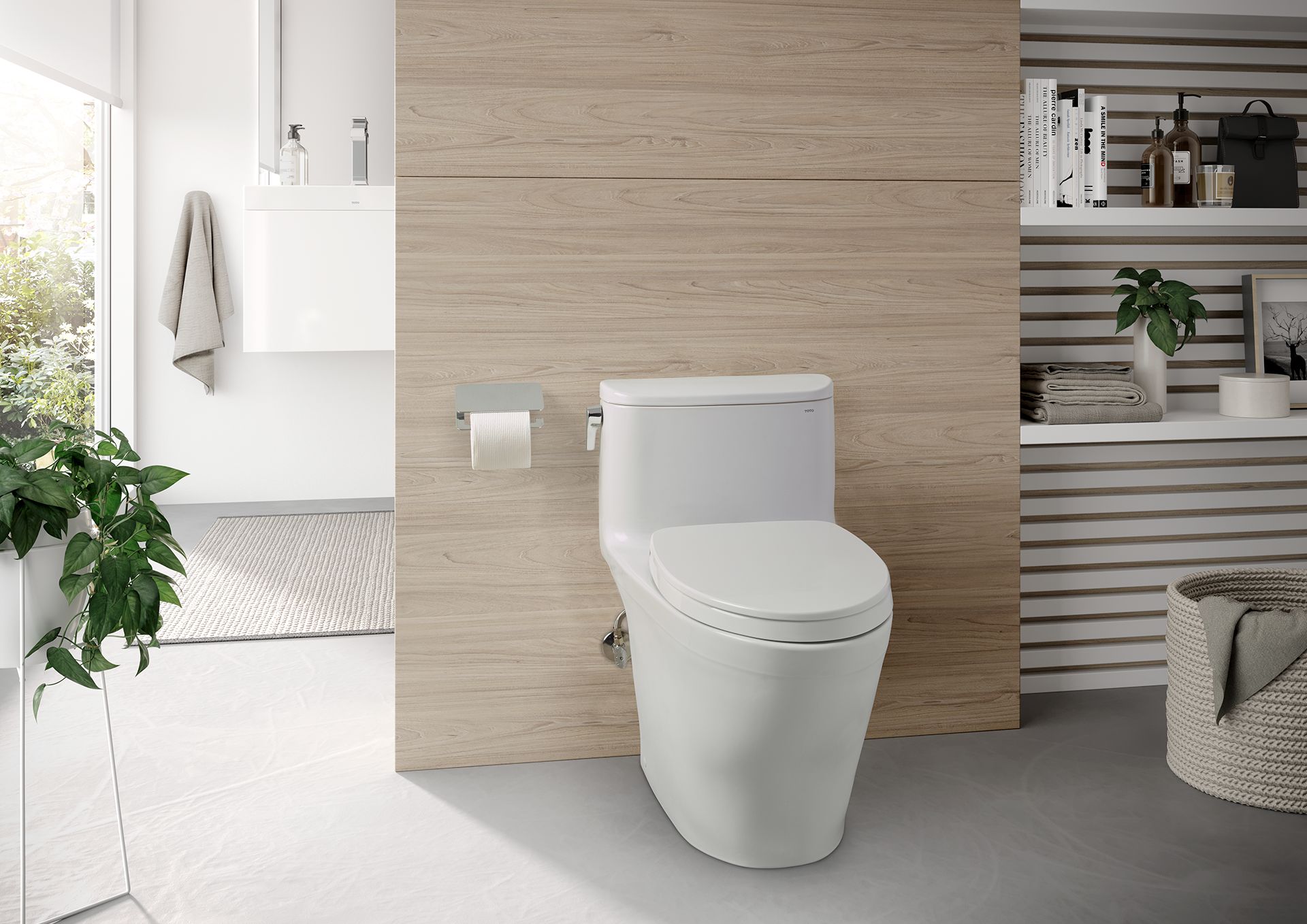

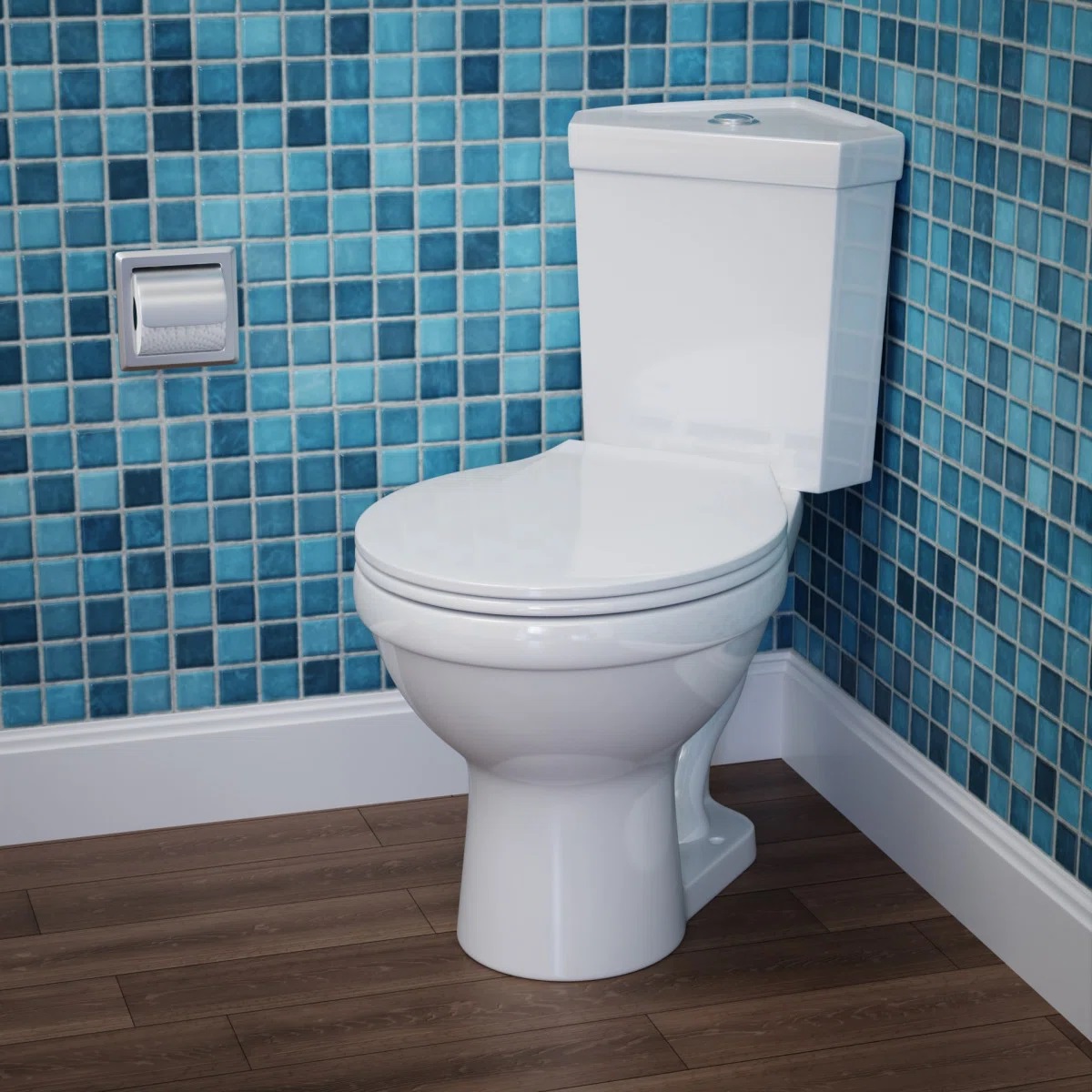
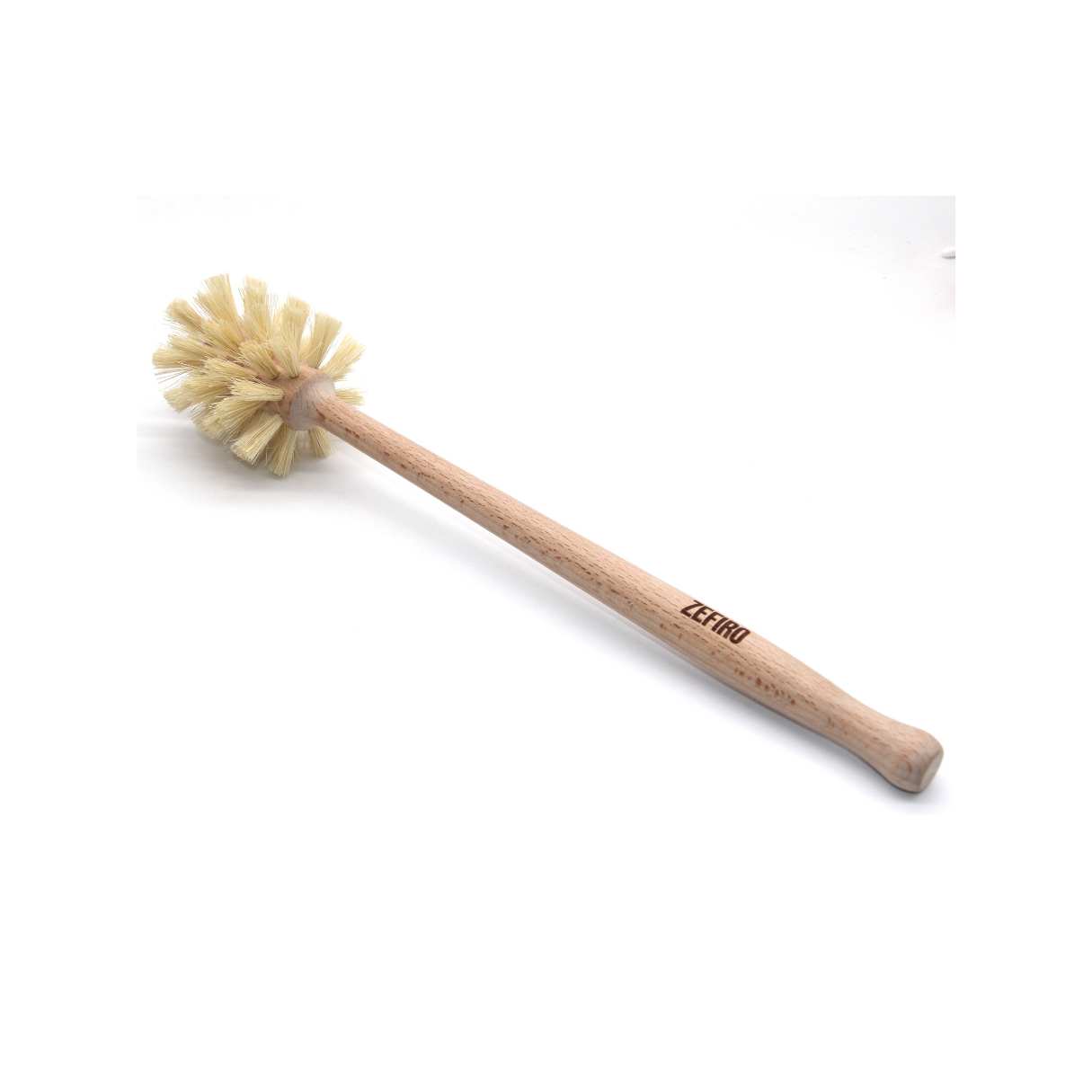
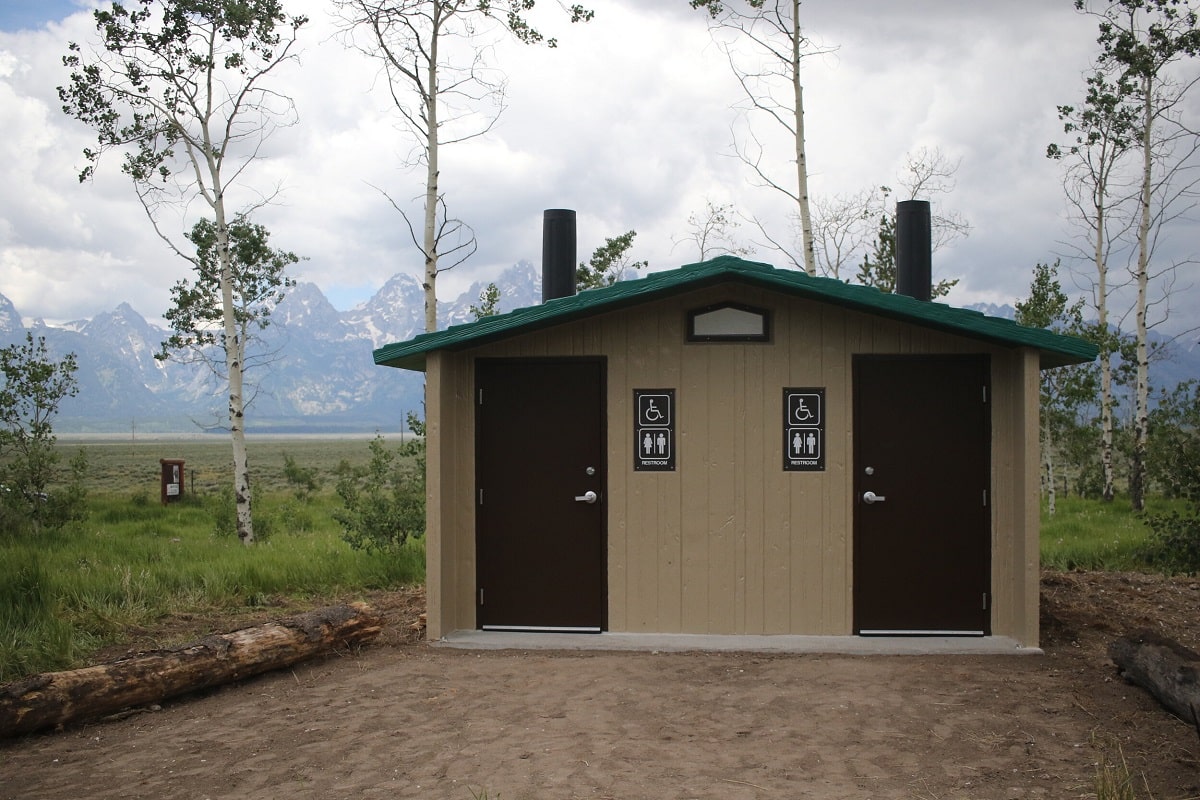
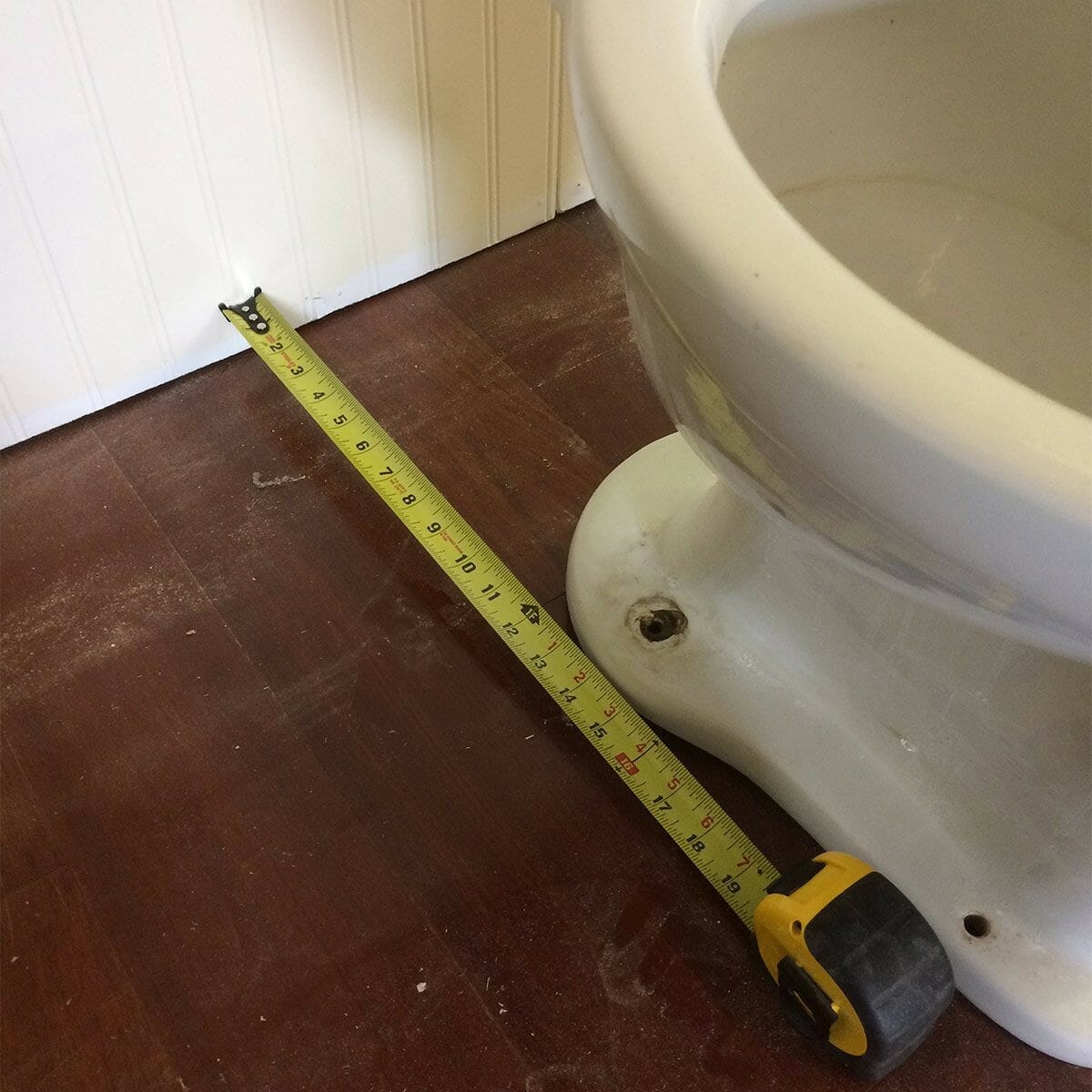
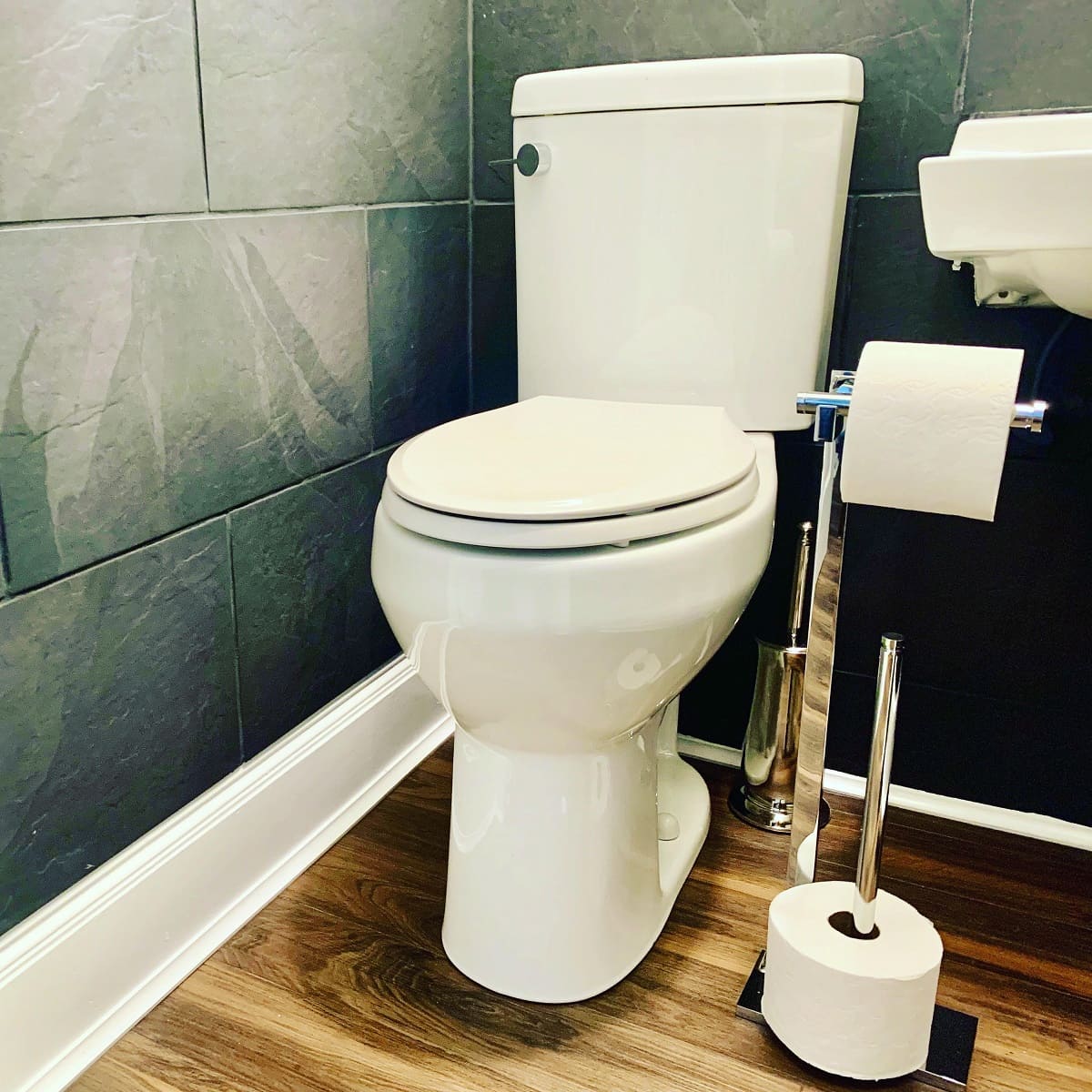
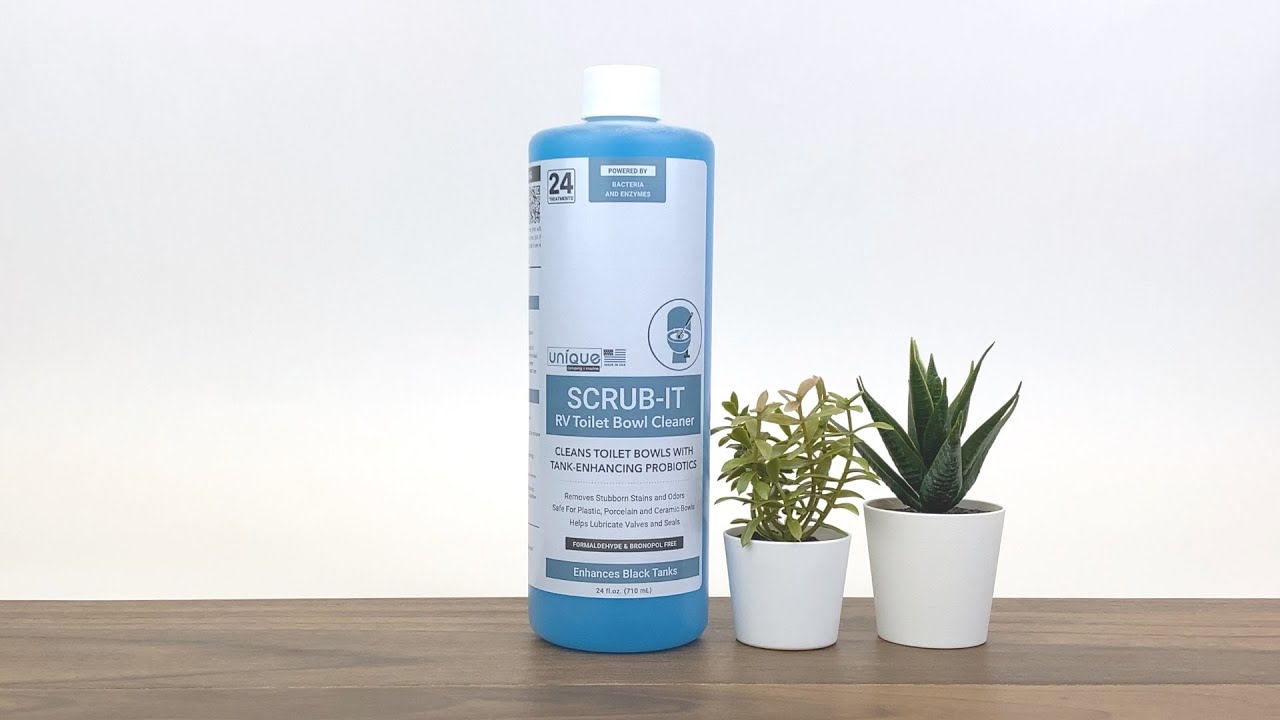
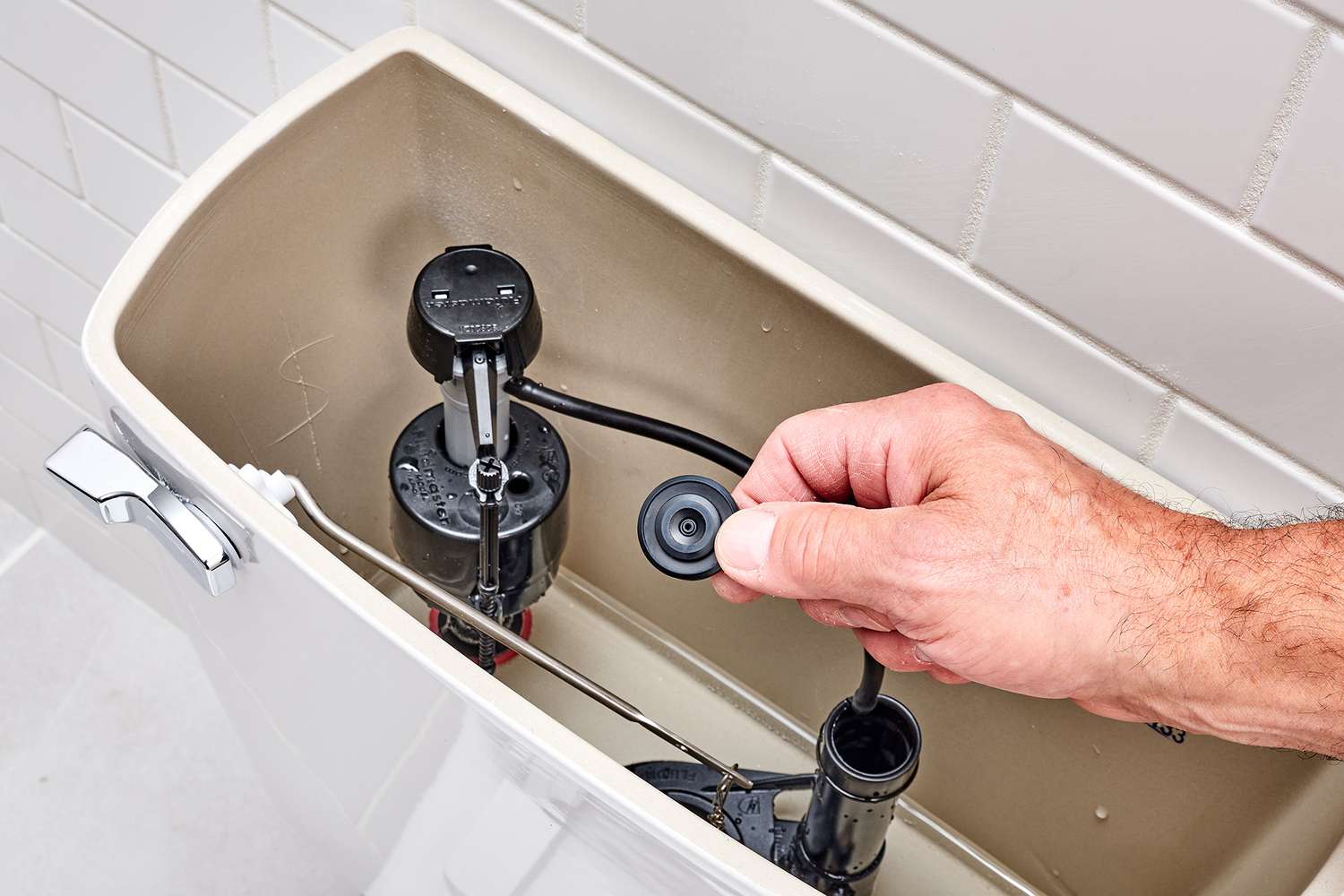
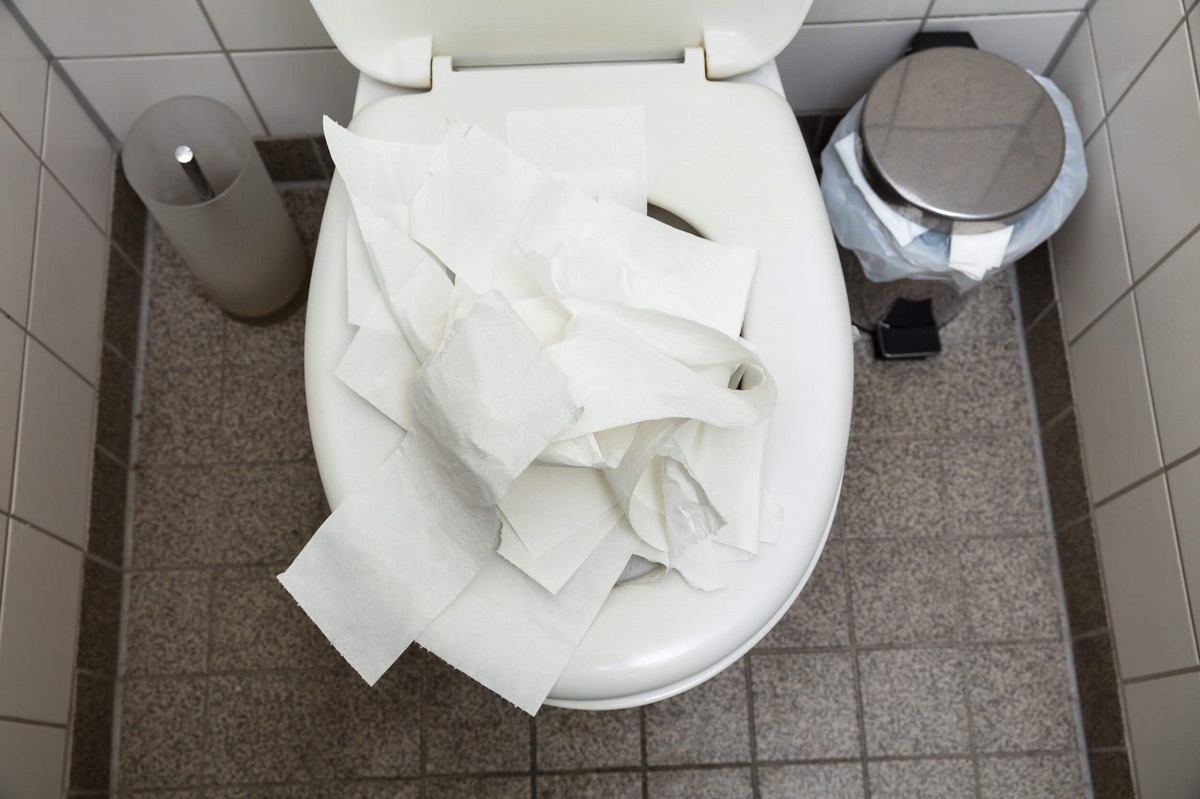
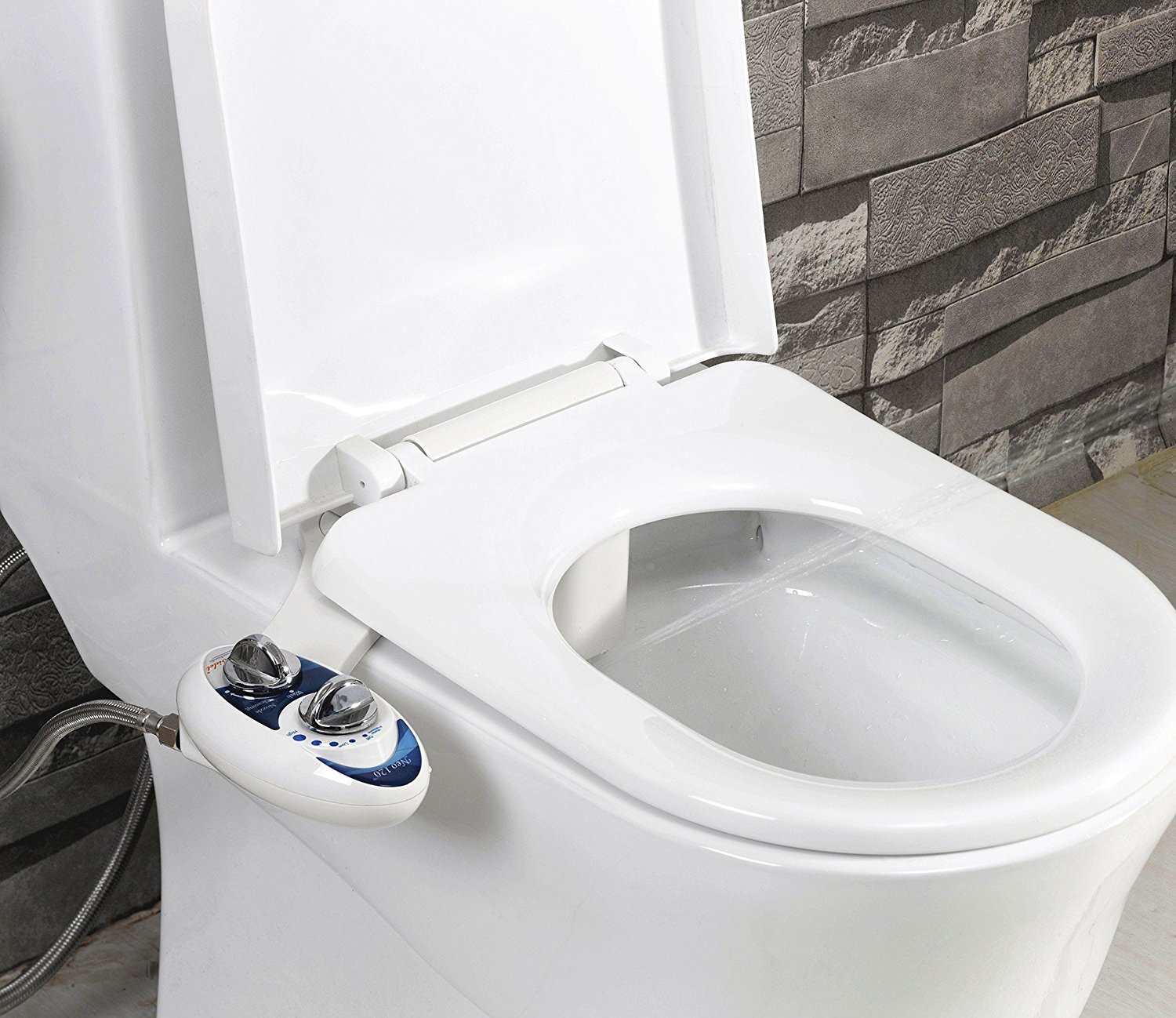
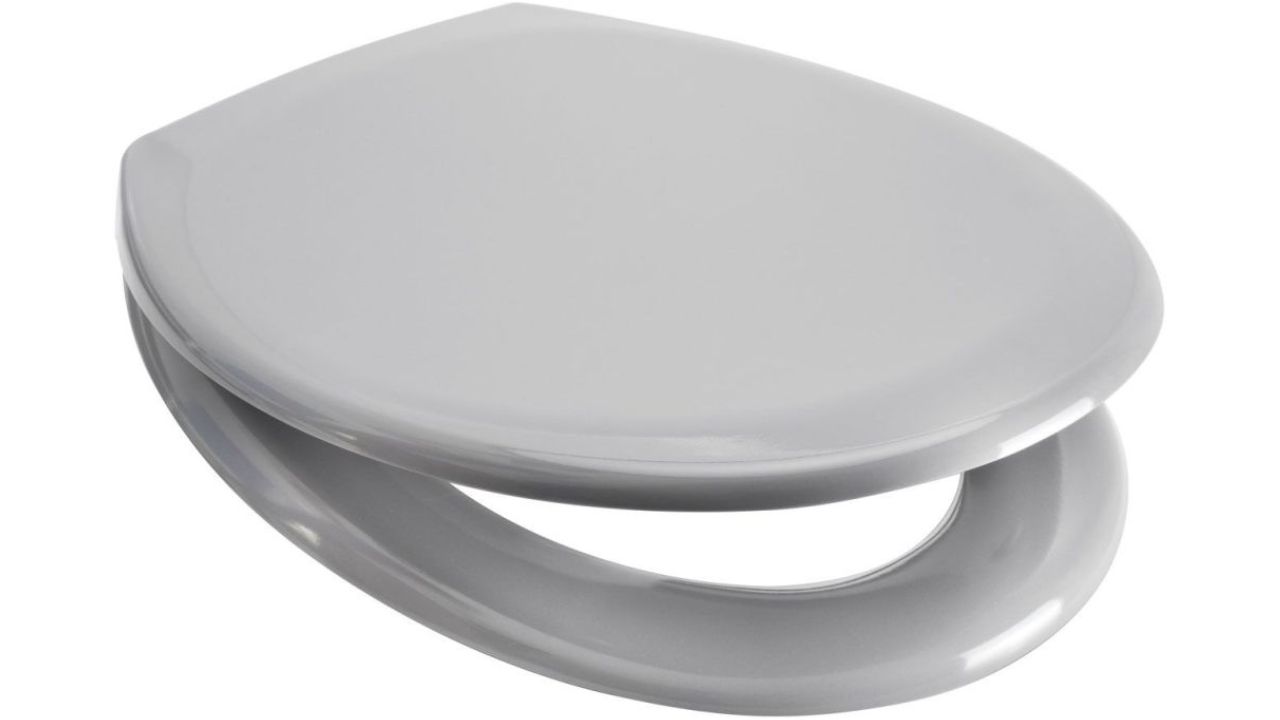
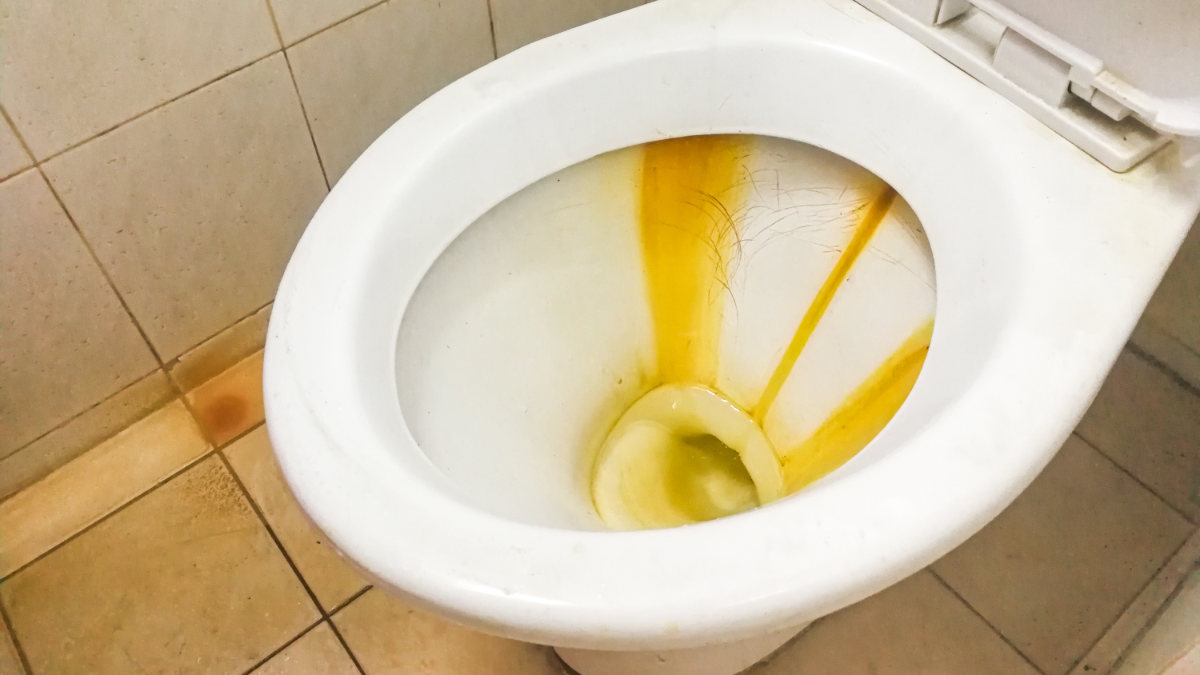
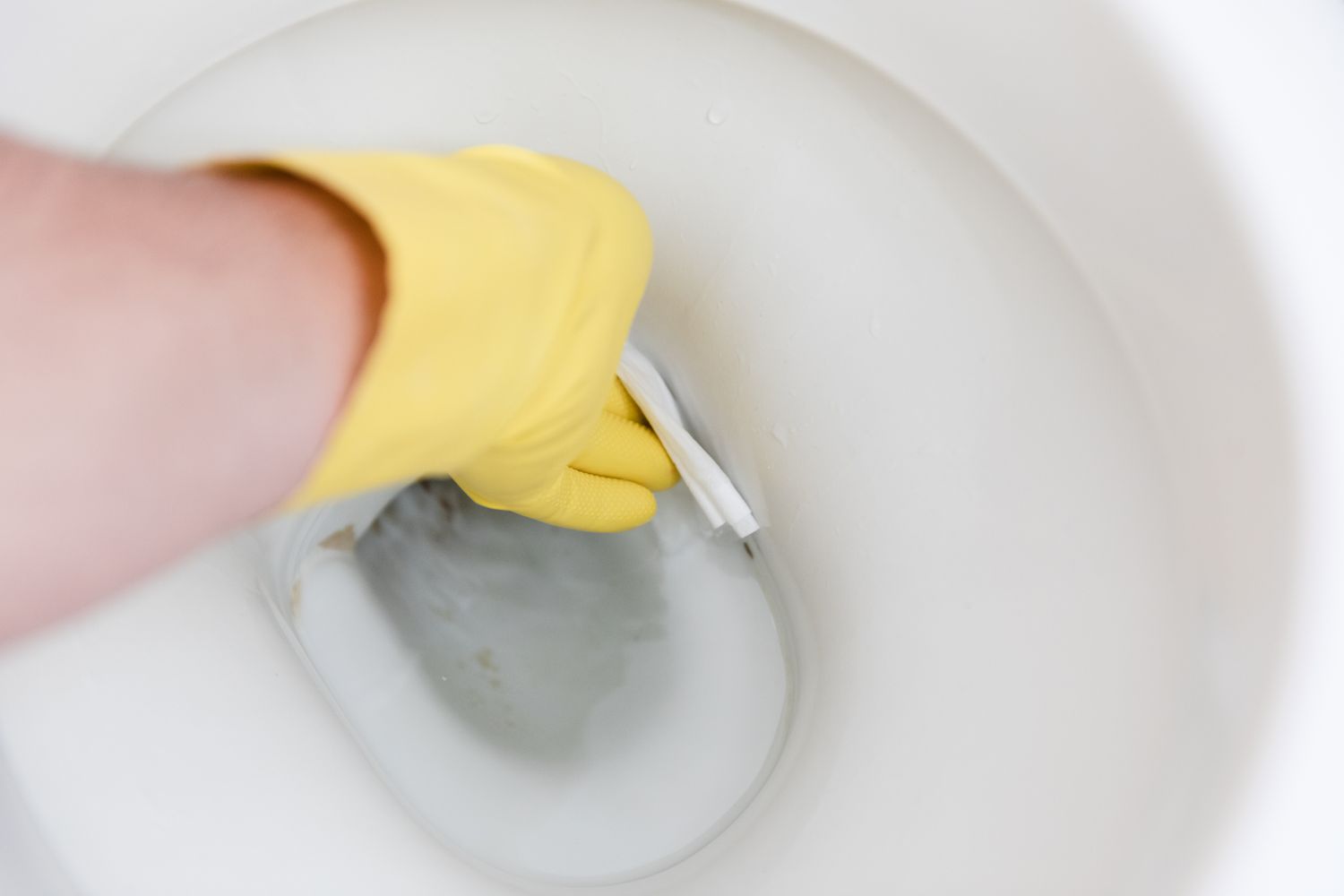

0 thoughts on “What Is A Macerating Toilet”